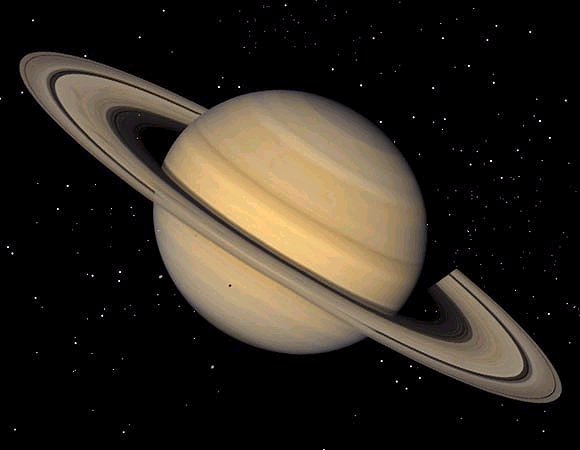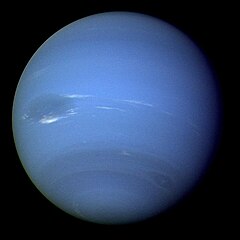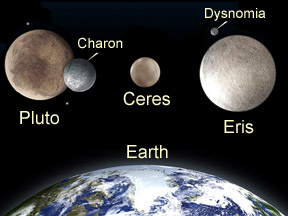Solar System
By: Evan Chinman
Purple
The Place where you live is home, zoom out a bit. You live in the united states. Zoom out We all live on earth. And then one more time, we are at the solar system. As you can see above, our solar system consists now of 8 planets and the sun. Our system hasn't always looked like this. It started with a nebula. A nebula is a mix of gases that eventually will start condensing together due to gravity.
Nebulas are very pretty. Nebulas are a mix of gases and dust. Our nebula that created our solar system contained nitrogen, oxygen iron, silica, and all the other elements needed to build a world like ours. Then gravity kicks in. Gravity started to pull all of these elements together. Vast swirls of dust formed in space. In one of these massive spirals a rocky planet now know as earth began forming. Built by stardust and formed by gravity.
Fast forward 100 million years. Our earth now is one massive ball of rock sucking in tons of star debris Our earth would have remained like this, tons of rock, metals, and minerals if it were not for one more thing. Forming in the center of the nebula great amounts of heat and pressure have built up. These factors bonded hydrogen gases to bond together and fuse. Our star the sun was coming to life. As the sun came to life it gave a huge blast of solar wind, extreme radiation was released from the sun. Blowing away all the remaining debris, dust and gases left in the nebula. That is how our solar system came to be.
In our solar system we have 2 types of planets. We have the inner planets, the ones closer to the sun, and the other planets, the ones farther away from the sun. Some similarities the inner and outer planets share are, The both have a spherical shape, but not perfect. They all orbit the sun. They all have some type of atmosphere They all have matter and gravity. Some difference they have are The outer ones are all gas giants, while the inners are solid. The inners are smaller. The outers are cooler than the inners. Lastly the inner planets are in the asteroid belt.
Mercury
The surface of mercury can reach up to 800 degrees fahrenheit This is due to how close it is to the sun, and how slow it rotates. It also can go down to -280 degrees fahrenheit A second fact of mercury is that the surface has many craters in it. These have probably formed by debris in space hitting the planet. One side of mercury seems to be more hit than the other.
Venus
Venus is known as the sister planet to earth, the size of venus is just 5% smaller than earth. Venus is the brightest thing in the sky beside the moon and the sun. Venus is the second planet from the sun. Venus also has a metallic core and has a crust and mantle.
Earth
Earth is the largest inner planet, and so far the only planet to have life, and liquid water found at our surface. Earth atmosphere is comprised of mostly nitrogen, and oxygen The atmosphere in the past years has been effected by green houses gases. This has caused ozone holes, acid rain, and global warming.
Mars
Mars reddish color comes from the rust or iron oxide that is on the soil on mars. Mars shows signs of river beds, and that water used flow in the surface. Mars atmosphere is much thinner than earths but they do have some common features. They nearly have the same day length. A day in mars is 24 hrs 37 mins.
Jupiter
Jupiter is known for how big it is and the giant swirl on the planet. Jupiter is the biggest planet in our solar system. Jupiter is about 318 times larger than earth. If you added up all the planets in our solar system jupiter is still 2.5 times larger than all the others combined! The giant swirl, also known as the giant red spot. That spot is actually a storm. This storm has been going on for more than 400 years long.
Saturn
A lot astronomers will say that saturn is one of their favorite planets. This planet has a very large ring around it. These rings can be seen from a typical star telescope. Besides saturns rings it holds many other features. Saturn like earth has auroras. Saturn has a very harsh atmosphere, that contains high amounts of sulfur in it. Saturn's moon titan has water on it too.
Uranus
Uranus has an atmosphere that is mostly composed of methane. The Methane is what cause the blue color of the planet. As you probably know methane is very flammable, but the temperature of uranus is so cold you couldn't light a match there. Most don't know this but uranus has a faint ring system. It also has 27 moons.
Neptune
Like uranus, neptune's blue shade comes from the amount of methane. Neptunes has a "great dark spot" like how jupiter has a "great red spot". Astronomers believe that it is a hole in the atmosphere like how we had an ozone hole. Neptune Has 19 known moons so far. It is also the farthest away planet from the sun.
For more fun info on the planets view this great video https://www.youtube.com/watch?v=nQfJ7j2UGGk.
The inner planets or the more dense ones move faster because they are closer to the sun, meaning the sun will have more force on it making it revolve around it faster. They move faster just like how a comet will. The sun will pull more at it. View this link to see how the speed increases as you orbit close to the sun.
A dwarf planet is defined as 1. Orbiting the sun. 2. Nearly rounded shape. Big enough to use its own gravity to shape it together into a sphere. 3. The neighborhood is not fully cleared. Meaning that other objects are still in the way of the orbital path of this object. 4. It cannot be a moon, pretty straightforward. 3 dwarf planets in our solar system are Eris, ceres, and Pluto.
The definition of a planet is a lot like the definition of a dwarf planet. It must orbit the sun. As would a dwarf planets. Again in must have a roundish shape, so far like a dwarf planet. The catch is that a planet must have a fully cleared neighborhood. People are still debating the definition because some of the gas giants don't have a fully cleared path.













No comments:
Post a Comment
Note: Only a member of this blog may post a comment.